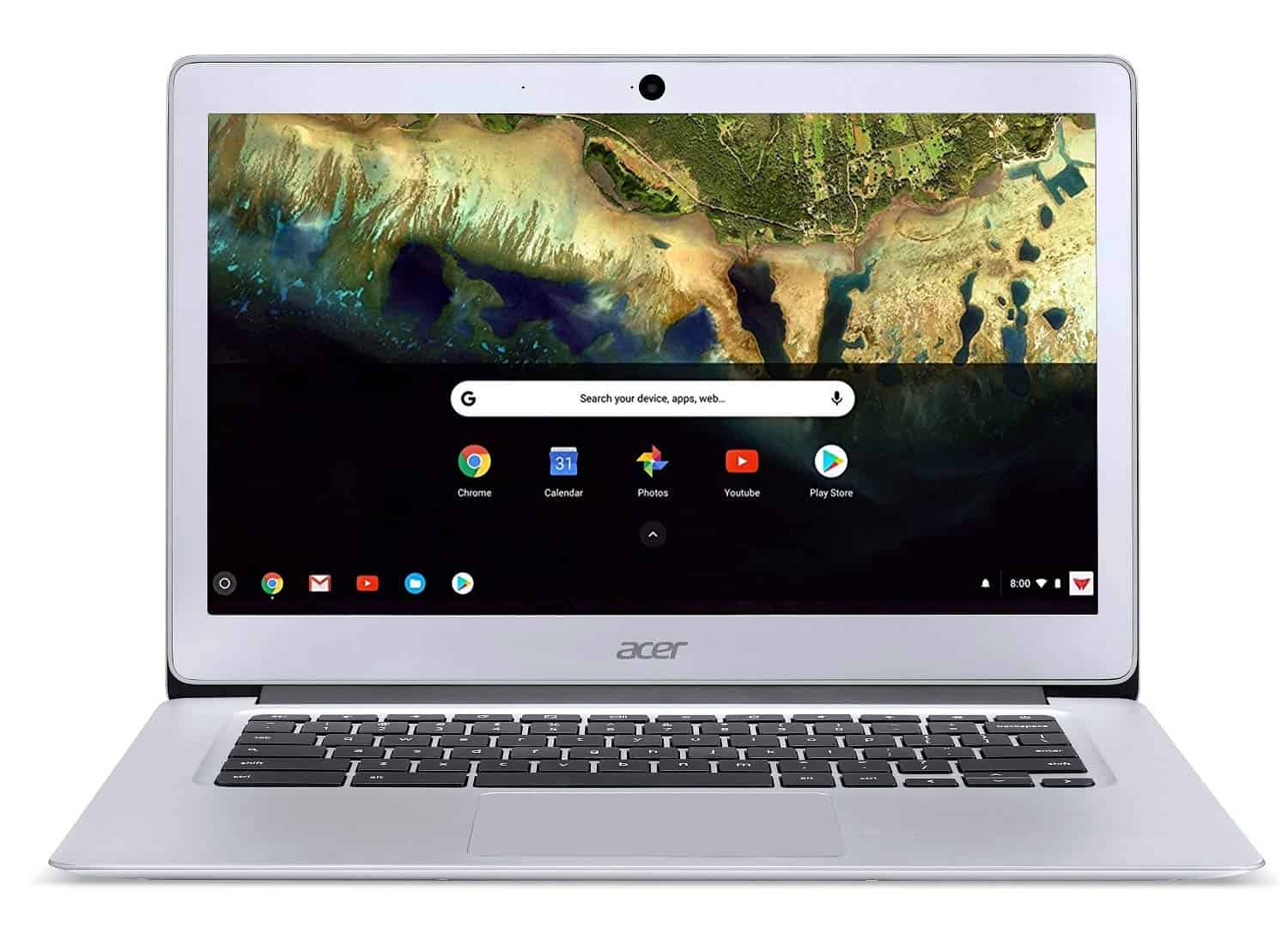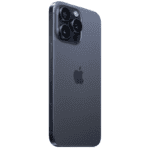Acer Chromebooks have become a popular choice for efficiency and portability, particularly in educational environments. They are designed to be reliable, but like all technology, they can encounter issues, especially with their displays. Screen problems can range from minor annoyances, such as flickering graphics, to more serious issues, like a completely blank or white screen. To troubleshoot these issues effectively, one should follow a series of step-by-step diagnoses to accurately identify and resolve the problem.
Troubleshooting usually begins with basic checks, such as looking for any signs of physical damage, ensuring that the system is up to date, and performing a series of reboots and hard resets. For example, many Acer Chromebook users find that screen issues can often be resolved with a simple restart or a comprehensive hardware reset. If problems persist, more advanced troubleshooting techniques might be necessary, such as adjusting display settings or running diagnostic tests to address ongoing screen glitches. It is important to approach these problems methodically to accurately determine the issue, as the resolution can vary depending on the specific nature of the screen problem.
Your Chromebook Screen Gone Awry? Here’s What To Do
Acer Chromebooks are great productivity tools, but screen problems can be frustrating. Don’t worry! A few simple steps might just save the day.
Quick and Easy Fixes
Try these fixes first if you’re experiencing screen issues:
- Restart: Yes, the classic “turn it off and on again” fix works surprisingly often. Hold down the power button until the device turns off, then power it back on.
- Check Connections: If you’re using an external monitor, make sure all the cables are firmly plugged in on both ends.
- Update Time: ChromeOS updates often fix bugs. Check for a system update from your Chromebook’s settings menu.
It Might Be Hardware
If quick fixes don’t help, check for these common hardware problems:
| Problem | Description | How to check |
|---|---|---|
| Loose cable | Sometimes, the internal cable connecting your screen gets loose. | Gently wiggle the screen and look for any change in the image. |
| Damaged screen | Cracked or broken screens are obvious. | Look for visual damage like cracks, lines, or discoloration. |
| Backlight failure | A dark or flickering screen with a faint image. | Shine a flashlight on the screen. If you see an image when lit, the backlight is likely faulty. |

Troubleshooting Chart
If you’re still stuck, try these steps in order:
| Step | Action |
|---|---|
| 1 | Restart your Chromebook. |
| 2 | Update ChromeOS. |
| 3 | Check for loose connections or screen damage. |
| 4 | Perform a hard reset (this can vary by model, so look up instructions specific to your Acer Chromebook). |
| 5 | Contact Acer support if none of the above solutions work. |
Remember, if you suspect a serious hardware issue, it’s always best to consult with Acer support or a qualified technician.
Key Takeaways
- Troubleshooting Acer Chromebook screen issues requires a systematic approach.
- Restarting or resetting the hardware can resolve many display problems.
- Persistent display issues may need adjustments in settings or diagnostics.
Diagnosing and Resolving Screen Issues
Acer Chromebooks may encounter screen issues ranging from flickering to staying completely white. This section provides step-by-step troubleshooting to address and rectify these challenges.
Basic Troubleshooting Steps
Start with these quick fixes when facing screen problems on an Acer Chromebook:
- Restart the device: Press the Refresh key (usually above the 3 and 4 keys) and then the Power button to reboot.
- Check connections: For external displays, ensure the display cable is securely connected.
- Adjust display settings: Navigate to Settings > Display to verify the correct resolution is selected.
Advanced Solutions for Screen Problems
If basic steps don’t resolve the issue, try the following:
- Hard reset: With the Chromebook off, press and hold the Refresh key and then the Power button.
- Chrome flags: Access chrome://flags in the Chrome browser to reset experimental features.
- Run diagnostics: Check for hardware issues using built-in ChromeOS diagnostics.
Hardware Malfunctions and Your Options
Identify if the problem is with the hardware:
- Test with an external monitor: Connect to an external display to see if the issue persists.
- Battery and charging: If the device is not charging or won’t turn on, the battery may require replacement.
- Inspection for damage: Look for any visible signs of hardware damage.
Options include warranty service or professional repairs if hardware failure is evident.
Prevention and Maintenance Tips
Maintaining your Chromebook helps prevent screen issues:
- Regular updates: Ensure ChromeOS and all apps are up to date to fix vulnerabilities and bugs.
- Clean memory: Use the Task Manager to close unneeded applications and clear sluggish performance.
- Recovery and factory reset: For persistent software issues, consider a factory reset after backing up data. Use the ESC key for Chromebook recovery.
Remember, prevention through these maintenance tips is crucial to avoid screen issues.






